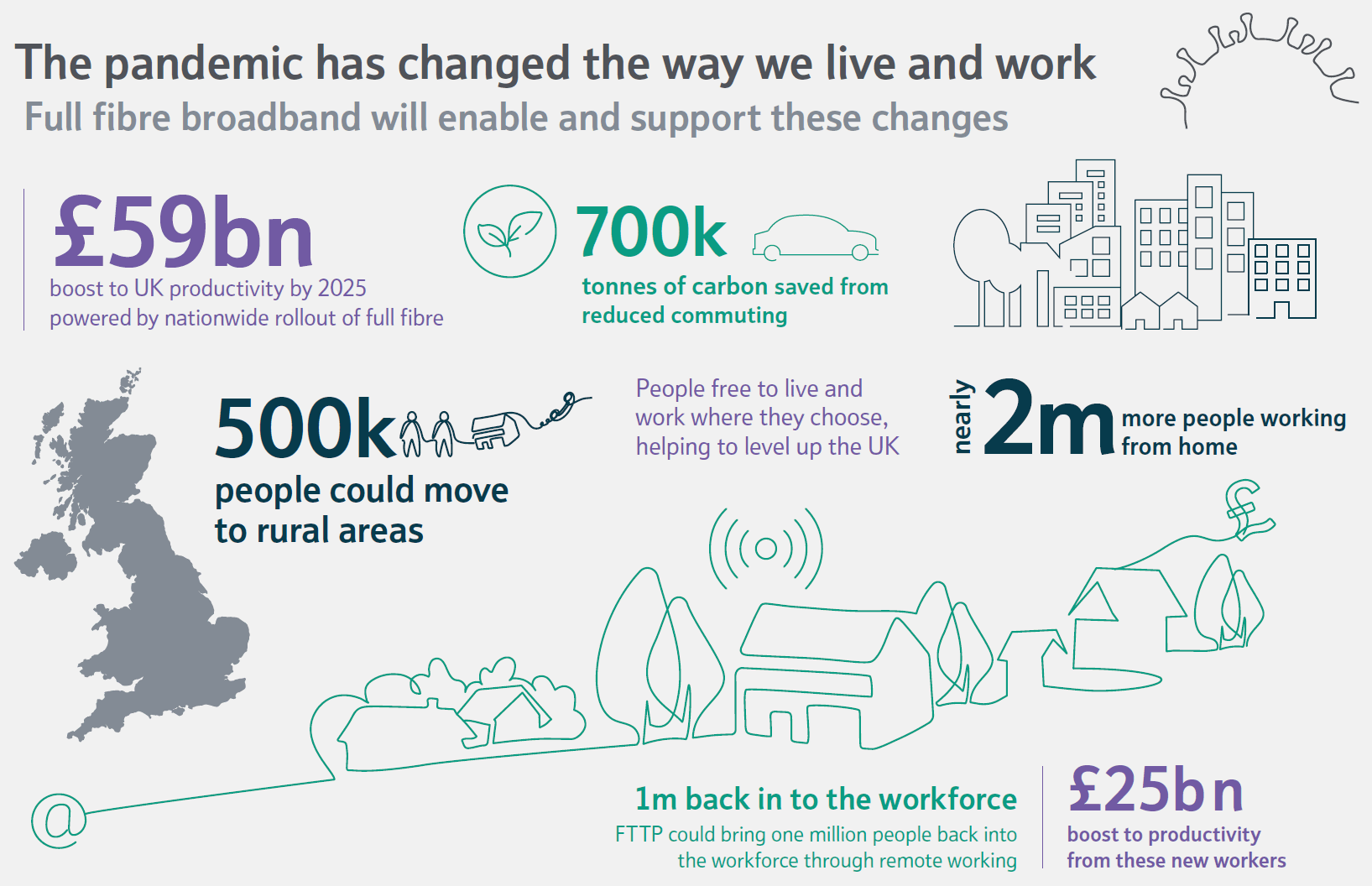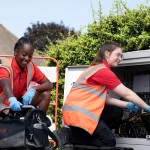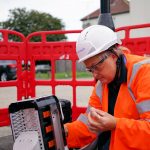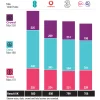Full Fibre Could Bring 1 Million UK People Back into Workforce

The Centre for Economics & Business Research and Ofcom have today released separate, albeit complementary, reports that take a post-COVID19 look at the UK’s digital divide. The CEBR in particular estimates that 1 million people could return to the workforce with FTTP broadband available across the UK (up from the previous estimate of 500k).
The CEBR, which was commissioned by Openreach (BT) to examine the issue, have updated their conclusions based on evidence around expected future levels of home working. As part of that the study also predicted that a truly “nationwide ultrafast full fibre” broadband network could boost UK productivity by up to £59 billion by 2025.
As above, many of those predicted to return to work represent people previously unable to fully participate in employment, which could in turn provide social and economic benefits, including reduced poverty and inequality, improved mental health, a lower welfare bill and increased tax revenue.
Advertisement
The impact from greater home working and full fibre coverage could, it’s claimed, also see 500,000 people move out of high density urban areas (e.g. London) to live in more rural locations. “This would bring benefits including reduced housing and transport pressures in major cities, increased economic opportunity in more remote areas, and reduced CO2 emissions due to fewer commuting trips,” said the study.

The predicted increase in participation from that extra 1 million workers would also have a Gross Value Added (GVA) impact of £25bn (almost doubling the previous estimate of £13bn) – increasing GVA in 2025 by just over 1.3%, from a baseline forecast of £1,862bn to £1,886bn.
Matt Warman, UK Digital Infrastructure Minister, said:
“Boosting Britain’s broadband networks is pivotal to our plans to build back better from the pandemic. That’s why we’re working hard to bust the barriers firms such as Openreach face when building their networks and investing £5 billion in Project Gigabit to ensure even hard-to-reach areas benefit from lightning-fast connectivity.”
Clive Selley, Openreach CEO, said:
“Cebr’s previous research explained the economic windfall in store for the UK with a nationwide upgrade – including a £59 billion boost to productivity. And this updated report highlights how full fibre can help to level-up the UK, bringing up to one million people back into the workforce. With the challenges we face as a country, this an opportunity we can’t afford to ignore.”
At this point it goes without saying that all of this is intended to help support BT’s plan to invest £12bn so that Openreach can extend their 1Gbps capable Fibre-to-the-Premises (FTTP) network to cover 20 million homes and business by the mid to late 2020s (4.5 million have already been reached), including 3.2 million in the hardest to reach parts of the UK.
Advertisement
On the other hand, we don’t yet know for certain when universal coverage of gigabit-capable or full fibre technologies will actually be reached. The expectation for 2025 is currently that gigabit connectivity will have reached 85%+ of premises, but that still leaves a sizeable gap left to fill. Point Topic preciously predicted that the UK might reach a shade over 98%, but not until 2030 (here).
Furthermore, the study only represents one side of the story, since the rise in home working may also take business away from certain sectors (restaurants, transport, cafés etc.) and increase household spend in others. In addition, gauging the economic impact of deploying faster broadband connectivity is notoriously difficult, not least since most people won’t be starting from a point of zero existing connectivity. We also shouldn’t forget about other connection methods, such as 4G and 5G mobile.
Lest we also forget that COVID-19 has caused job losses and this may get worse once the current support packages end, which might serve to mask some the economic benefits from FTTP. Since the early days of the crisis last March (2020), some 813,000 payroll jobs have disappeared, including 355,000 in hotels, restaurants and pubs, and 171,000 in shops. The kind of jobs where home working is less beneficial.
Ofcoms Digital Divide Study
The UK telecoms regulator, Ofcom, has separately published a new study that reveals how the pandemic has reduced the digital divide. The regulator’s data suggests that the proportion of UK homes without internet access has fallen from 11% in March 2020 to 6% now (i.e. the number of UK households without internet access is c.1.5 million).
Advertisement
The groups least likely to have home internet access at home are those aged 65+ (18% without access), lower income households (11% without access), and the most financially vulnerable (10% without access). Almost half of adults who remain offline say they find the internet too complicated (46%), or it holds no interest for them (42%). For others (37%), a lack of equipment is a barrier.
However, most people (60%) not using the internet at home have asked someone to do something for them online in the past year. Among that group of so-called “proxy users“, the most common need was help in buying something (57%).
The good news is that nearly all children of school age had online access in the home (i.e. fewer than 1% did not have access), although 4% relied solely on mobile internet access during the pandemic – with 2% only able to get online using a smartphone. School-aged children from the most financially vulnerable homes (5%) were more likely than those in the least financially vulnerable households (2%) to have mobile-only access.
Additionally, around 17% of children did not have consistent access to a suitable device for their online home-learning. This increased to 27% of children from households classed as most financially vulnerable. Most children with intermittent access had to share a device to manage home-schooling. For 3% of school-children, the lack of access to a device prevented them from doing any schoolwork at all.
Yih-Choung Teh, Ofcom’s Strategy and Research Group Director, said:
“For many people, lockdown will leave a lasting legacy of improved online access and better digital understanding. But for a significant minority of adults and children, it’s only served to intensify the digital divide.
We’ll continue to work with Government and other partner organisations to promote digital literacy and ensure that people of all ages and backgrounds are empowered to share in the benefits of the internet.”
Ofcom’s study also noted that internet connectivity provided a welcome distraction during the various lockdowns. For example, gaming grew in popularity among adults – 62% played games on a device such as a smartphone, games console or PC, with a third of adults playing online, with or against other people. Seven in ten 5-15 year olds played games online in 2020, which fell to 23% for pre-schoolers aged 3-4.
The time children spent watching non-broadcast content (such as streamed content or online video) on their TV set each week greatly increased last year – from 7 hours 49 minutes in 2019, to 11 hours 19 minutes in 2020 – overtaking traditional broadcast viewing for the very first time (6 hours 54 minutes).
Mark is a professional technology writer, IT consultant and computer engineer from Dorset (England), he also founded ISPreview in 1999 and enjoys analysing the latest telecoms and broadband developments. Find me on X (Twitter), Mastodon, Facebook, BlueSky, Threads.net and Linkedin.
« OneWeb Get GBP395m from Rival to Grow LEO Broadband Satellites























































Surely this report supports the argument that internet access needs to be treated as the forth utility service and funded as such.I draw a parallel to Britain’s railways which many started life as a private funded venture to benefit a local area coal mine, local produce, farming etc. only to be absorbed by a local big boy company eventually becoming the big four company’s with all rails leading to London. Does this sound familiar?
Rural areas don’t want a load of townies moving in.
Amazing that Openreach is extolling the virtues of hybrid working and home working whilst getting rid of their own people during a pandemic who refuse to commit now to travel 5 days a week up to 90 minutes each way into an office when they reopen.